#Ghazni
Photo

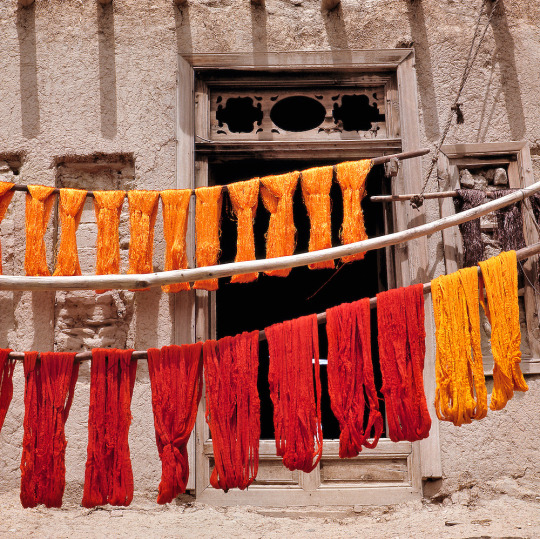
Dyed yarn, Ghazni, Afghanistan
Ric Ergenbright
516 notes
·
View notes
Text
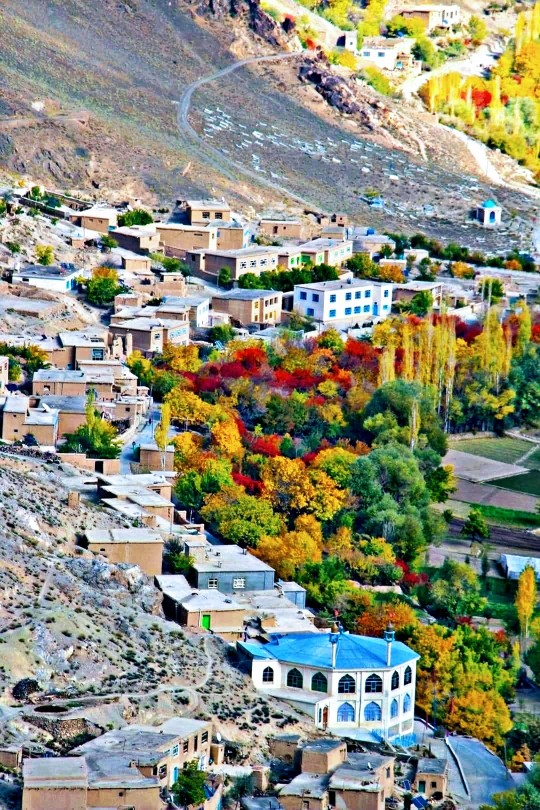
Jaghuri, Ghazni, Afghanistan...
Image credit to original owner.
🇵🇸🇵🇸🇵🇸🇵🇸🇵🇸🇵🇸🇵🇸🇵🇸🇵🇸🇵🇸🇵🇸🇵🇸🇵🇸🇵🇸🇵🇸🇵🇸
#afghanistan#Jaghuri#Ghazni#türkiye#doğa#travel photography#travel destinations#travel#manzara#view#natural#europe#africa#Spotify
23 notes
·
View notes
Text
The Last Buddhas of Bamiyan by John Aske
The Last Buddhas of Bamiyan by John Aske
http://wp.me/pFy3u-2ss
Two hours north of Ghazni, on the road to Kabul, in an arid place, a dusty track leads westward. If you follow it, you enter a half-forgotten kingdom, and a legendary highway that traversed the known world. Beyond this, hidden in the mountains, are green valleys and rivers bordered with willows and hayfields. Even before Ashoka began spreading his empire through the western passes and into…
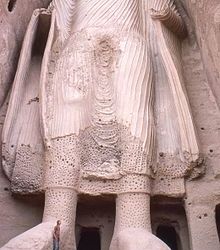
View On WordPress
#Afghanistan#ancient Celtic tongues#Genghis Khan#Ghazni#Graeco-Buddhist kingdoms#Hepthalite Huns#Kabul#Kushan
6 notes
·
View notes
Text
“ Kabul (5900 ft., 36 miles from Charikar), June 11th [1934].
From Herat to Kabul we have come 930 miles, of which forty-five were on horseback.
A winding hill-road brought us down from the Charikar plateau to a smaller plain inside a ring of mountains; running water and corrugated iron glinted among its trees. At the entrance to the capital the police deprived the Vicar and the Curate of their rifles, to their great distress; but being in turbans, no one would believe they were government servants. We drove to the Foreign Office, where hot-red English ramblers were climbing over iron railings; to the hotel, where there was writing-paper in each bedroom; to the Russian Legation, where they had had no answer to M. Bouriachenko’s telegram; to the German shop, where they refused to sell us hock without a permit from the Minister of Trade; and finally to our Legation, where the Minister, Sir Richard Maconochie, has asked us to stay. It is a white house, dignified with pillars and furnished as it would be at home, without any mosquitonets or fans to remind one of the Orient. Christopher says he finds it peculiar to be in a room whose walls aren’t falling down.
Opinion at the Legation agrees on the silliness of refusing the Russian diplomats in Kabul transit visas through India. Even if they go as far towards the frontier as Jelallabad, the Government of India sends in official complaints. The result is a sort of gentlemen’s agreement between the two Legations and the Afghan Government that the English shall not travel in the north of the country and the Russians in the south. That is why the authorities at Mazar could not allow us to the Oxus, though they would not admit such a reason lest it appear a limitation of their sovereignty. We were lucky to have got as close as we did, particularly as it appears that Haji Lai Mohammad, who bought the car, and our chauffeur Jamshyd Taroporevala, spread a tale that we were Secret Service agents engaged in map-making. Next time I do this kind of journey, I shall take lessons in spying beforehand. Since one has to put up with the disadvantages of the profession anyhow, one might as well reap some of its advantages, if there are any.
British diplomacy in Kabul just now hangs on the Minister’s roses. At the King’s birthday party, on June 3rd, they were in full flower, and the Afghans, who are all rose-lovers, had never seen such big formal blooms. Next morning, visiting cards from the Minister of Court were fluttering from the finest trees; they had been left by his gardener in the night. Now all the other ministers want cuttings too, and are also in a turmoil over the peonies, which have been promised them for next year.
Magnificent as the formal roses are, I yet prefer an Afghan tree which stands by the gate in front. It is fifteen feet high and covered with such a profusion of white blossoms that hardly a leaf is visible. “
Robert Byron, The Road to Oxiana; first published by Macmillan & Co. Ltd, London, 1937.
#Robert Byron#The Road to Oxiana#Afghanistan#central Asia#XX century British literature#travel literature#English literature#Hindu Kush mountains#20th century#1930s#modernization#European empires#British Empire#British India#South Asia#Russian Empire#inter-war period#Kabul#Ghazni#Jalalabad#Charikar
7 notes
·
View notes
Photo

Volleyball game, Haider village, Jaghoori. #Ghazni #Afghanistan Photo by Farid Hazrat @farid_hazratt. #everydayafghanistan #hazaristan #afghan #volleyball #everydayeverywhere #game #sport #everydayghazni #hazara #entertainment #everydayasia #reportagespotlight #documentaryphotography #documentary #village (at Ghazni) https://www.instagram.com/p/Ce_WkYetiJW/?igshid=NGJjMDIxMWI=
#ghazni#afghanistan#everydayafghanistan#hazaristan#afghan#volleyball#everydayeverywhere#game#sport#everydayghazni#hazara#entertainment#everydayasia#reportagespotlight#documentaryphotography#documentary#village
4 notes
·
View notes
Text
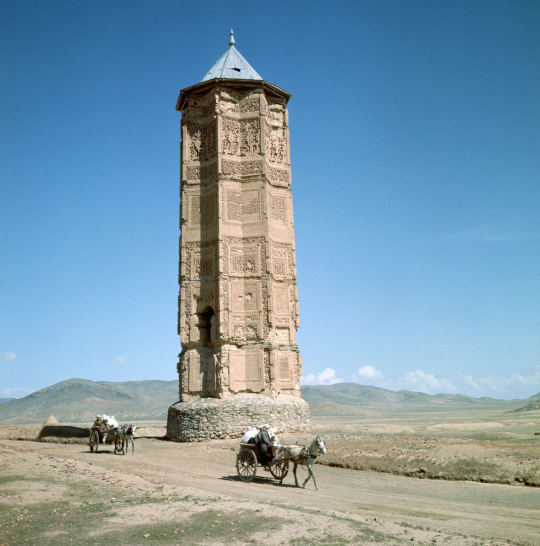
A pair of carriages make their way past the Mas'ud III Minaret, east of Ghazni, 1950 - Paul Almasy
1 note
·
View note
Text

#turkish republics#central asia#kazakhstan#atirau#kyrgyzstan#kant#east asia#mongolia#ulaanbaatar#south asia#afghanistan#ghazni
0 notes
Text
Ghaznigarry Gardez Ross
A remake of the adaptation of the David Mamet play, about former Taliban fighters now forced to work as salesmen in an office.
#bad idea#movie pitch#pitch and moan#glengarry glen ross#david mamet#remake#office comedy#dark comedy#black comedy#taliban#ghazni#gardez#afghanistan
0 notes
Photo

Ghuznee Cabul 1842, the planchet held in an outer silver band, ‘Victoria Vindex’ engraved on obverse and ‘Ghuznee Cabul 1842’ engraved on reverse, with top ‘E. & E. Emanuel, Portsmouth’ silver riband buckle, extremely fine £140-£180
HAMMER PRICE £2,400
1 note
·
View note
Photo
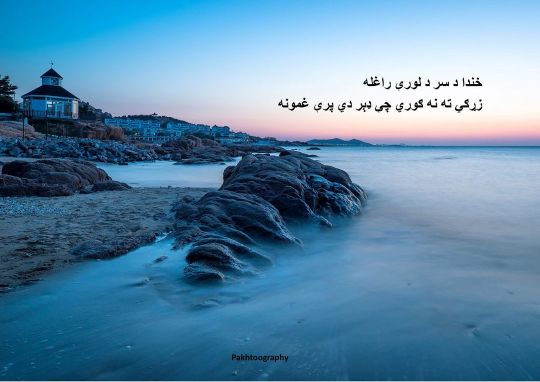
. خندا د سر د لورې راغله زړګي ته نه ګوري چې ډېر دي پرې غمونه . . . #pashto #pakhtoography #poetry #pashtopoetry #pashtopoems #beauty #afghanistan #kabul #ghazni #nangarhar #laghman #herat #jalalabad #peshawar #mary #love #decent #nature #instagram #facebook #snap #scenery #nikon #canon #photography #sony #blue #red #fresh #peace https://www.instagram.com/p/Chg01bHsQ2H/?igshid=NGJjMDIxMWI=
#pashto#pakhtoography#poetry#pashtopoetry#pashtopoems#beauty#afghanistan#kabul#ghazni#nangarhar#laghman#herat#jalalabad#peshawar#mary#love#decent#nature#instagram#facebook#snap#scenery#nikon#canon#photography#sony#blue#red#fresh#peace
1 note
·
View note
Text
Thousands Ghazni labors offered work opportunities against wheat – Pajhwok Afghan News
Thousands Ghazni labors offered work opportunities against wheat – Pajhwok Afghan News
Five thousand people in Ghazni City, the provincial capital, and some districts have been provided work opportunities in return for wheat, an official said on . . .
You need to subscribe to view the full article. Please login or register a new account.
View On WordPress
0 notes
Text

Exterior of the Tomb of Mahmud of Ghazni - James Atkinson, c. 1840.
5 notes
·
View notes
Video
youtube
Le Waziri, un cheval similaire au Baloutche, issu de l'Afghan et de l'Arabe
#waziri#cheval afghan#cheval arabe#pur sang arabe#baloutche#pakistan#oreilles recourbées#cheval de selle léger#afghanistan#khyber pakhtunkhwa#waziristan#province de katawaz#province de ghazni#pathans#pachtounes
0 notes
Text
It's wild to me that hindutva fanatics and andhbhakts go after Mughal and other Islamic rulers for 'putting Hinduism in danger' when the British Museum is right there
#thoughts#delete later#im prepping a talk on hindu stories about the night sky#and i find out the entire fucking konark temple is in the british museum#among other things#like how long are you gonna hold on to ghazni plundering somnath when ghazni never even technically conquered india#and the british museum is right there!#and tbh? im not even sure we will be able to take care of all those artifacts domestically#if they are returned which i doubt will happen#because the disregard for actual history is so strong in modern india that yall will literally shit on actual artifacts#and yell about preserving 'hindu history'#sigh if i start getting hate ill delete this post cause i don't wanna deal with that#which is why this rant is in the tags on tumblr anyway
1 note
·
View note
Text
The Sultans of Delhi
The Sultans of Delhi
Episode 24: The Sultans of Dehli
Barbarian Empires of the Steppes (2014)
Dr Kenneth Harl
Film Review
In this lecture, Harl focuses on the Turkish conquest of northern India in the late 12th and early 13th century.
After clinching numerous victories in Delhi and other Hindu cities in northern India, the Seljuk Turk Muhammad of Ghazni died in 1206. The son of a slave soldier* himself, Muhammad…

View On WordPress
0 notes
Text
Idk who needs to hear this but removing Mughal history from history textbooks completely to the point that the future generations wouldn't even KNOW who the Mughals were, is not the way to go.
You can't just distort history and remove a chunk of it. That's a very biased way of viewing something that actually happened not even 500 years ago. History is not fiction. You can't remove the existence of real people.
When you remove Mughal history, you also remove the good and bad they did. You remove the reason behind the beautiful blend of Indo-Islamic architecture, culture and art we see today, few of the things that have implied towards a sense of harmony amidst the religious chaos that reeked back in the day. But with that, you ALSO remove the massive destruction and looting of thousands of temples, the inhumane measures, laws and punishments they put up against non-Muslims, the struggles and sacrifices of the Hindus and other oppressed groups who protested against these atrocities oh-so-courageously. You remove their cries, their brave stories. You remove the valiant fights Shivaji, Maharana Pratap and their likes put up against these people. You remove the martyrs of the several genocides these guys (especially Babur) caused. You remove them all, because once there's no Mughals, who did these brave souls fight against?
Also why only Mughals? What about the Khaljis, Mamluks, Tughlaqs, Ghaznis and others? They committed way worse atrocities than the Mughals did tbh. So with that logic all of their histories should be wiped out? But that's almost like a 700-800-year-history-wipeout we're talking about (the dates might not be accurate). And that's not how it works.
Here's a better idea. Just... show their good and their bad, and just don't glorify them and their tyranny. We keep the struggles and the sour lives the suppressed groups lived under the rule of these dynasties, and maybe glorify the brave souls who fought selflessly against them. We show how they plundered any place of worship that wasn't a mosque (or Islamic in general), and treated the idols of these religions post-destruction. We can also include the non-Islamic kingdoms and kingdoms that stood still and strong despite the invasions, like the many Hindu kingdoms in the south, then the Ahom dynasty and a few other small kingdoms in the northeast, etc. We can bring lesser-known and highly underrated non-Islamic kingdoms into light too in this process, and how they dealt with these invaders. (Half of these points are already depicted in the existing textbooks, or... atleast the textbooks *I* studied back in school, but I think they get kinda overshadowed by the subtle glorification of these invaders)
These are the solutions I'd provide. If anyone has anything to add, please do, or if yall have better solutions, pls lmk. But removing a huge chunk of history just out of pure hate and revenge like this is NOT the way to go about in the field of history LMFAO. It's the same as how that one biased historian recently claimed that no Hindu temples were destroyed by the Islamic invaders.
#keep the conversation civil btw cuz i dont wanna fight with anyone#mughal empire#ncert#cbse#cbseboard#hindublr#mughal invasion#mughal dynasty#desiblr#desiposting#desi tumblr#desi tag#islamic invaders#islamic invasion
161 notes
·
View notes